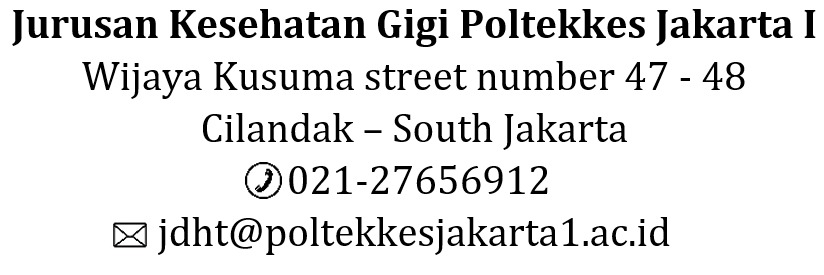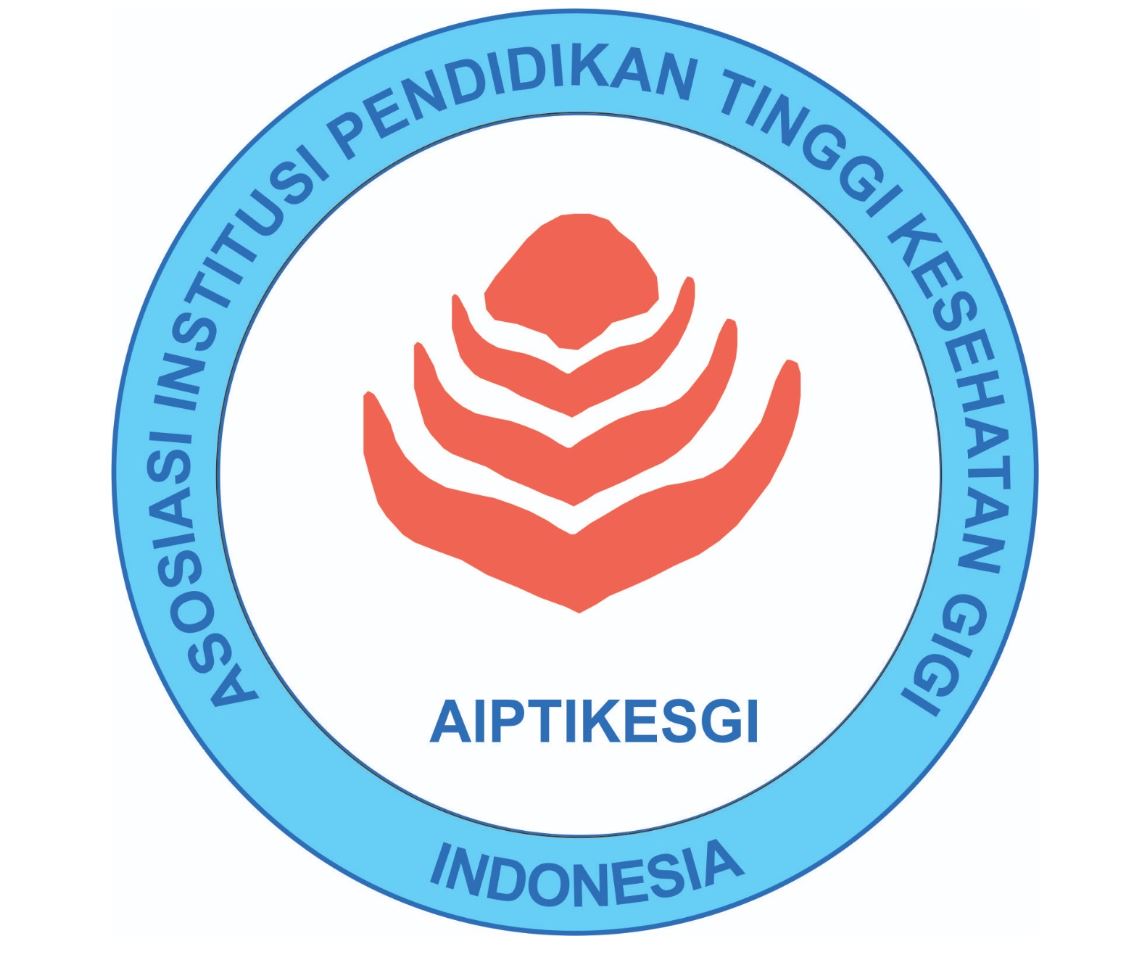ASEPSIS BETWEEN THE DENTAL OFFICE AND LABORATORY: A TUNISIAN CROSS-SECTIONAL STUDY
Keywords:
Asepsis, disinfection, impressions, complete prosthesisAbstract
Introduction: For a long time, the prevention of cross-contamination in dentistry has mainly been concentrated in the operating room. Activity related to laboratory work, a potential source of pathogen transmission, is therefore often overlooked. In addition, the practice of prosthodontics often gives the impression that aseptic measures cannot be rigorously applied. Several factors account for this situation. Designing a prosthesis involves handling a certain number of potentially contaminated and heat-sensitive objects (prostheses, impressions, wax tubes, occlusion bites, etc.). The items transferred between the dental office and the dental laboratory as well as the prosthetic instruments constitute the main chain of cross contamination in prosthodontics. Thus, an evaluation of the dentists and prosthetists’ compliance with regard to their asepsis through a cross-sectional study was necessary. Methods: two anonymous questionnaires were distributed. The first was among the dentists and the second to dental prosthetists in the public and private sectors. Results: From the 302 questionnaires distributed, only 220 were filled-in. 78% of the dentists and 37% of the prosthetists know the disinfection protocol of reusable instrumentation. 80.3% of the dentists and 74.1% of the prosthetists disinfect their prosthetic work but with varying percentages according to the group of items (impressions, prosthesis, etc.). 71.5% of the practitioners and 18.5% of the technicians disinfect their laboratory instruments systematically. However, 45% of the dentists and 54% of the prosthetists think they are not exposed to infections. Discussion: The results showed an insufficient level of knowledge and compliance to ensure asepsis of the prosthetic work both in the public and private sectors, contributing to a relatively high level of exposure to infections compared to a Canadian study. Conclusion: Given the insufficient compliance and in order to remedy these deficiencies, a simple decontamination protocol is suggested. Improving awareness and providing continuous training are then required.Downloads
Download data is not yet available.
Published
2023-04-04
How to Cite
Oumaima, T. ., Hela, H. ., Safa, J. ., & Jamila, J. (2023). ASEPSIS BETWEEN THE DENTAL OFFICE AND LABORATORY: A TUNISIAN CROSS-SECTIONAL STUDY . JDHT Journal of Dental Hygiene and Therapy, 4(1), 76–82. https://doi.org/10.36082/jdht.v4i1.1002
Issue
Section
Articles
Copyright & Licensing
Copyright (c) 2023 Tayari Oumaima, Haloui Hela, Jemli Safa, Jaouadi Jamila

This work is licensed under a Creative Commons Attribution-ShareAlike 4.0 International License.
















